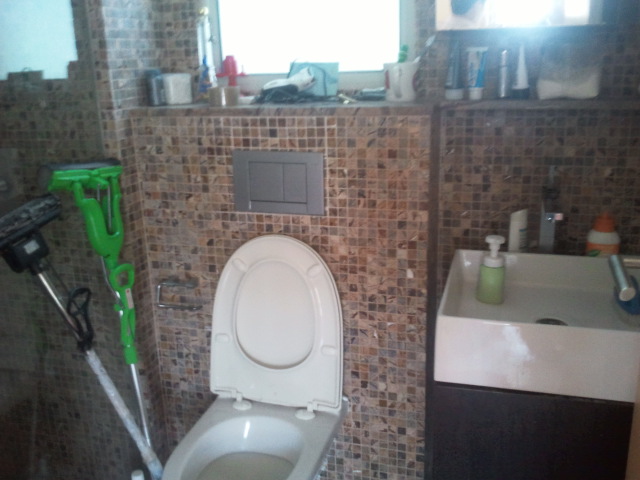
Seniors are increasingly choosing to remain in their current houses, long after their kids have grown up and moved out. While this growing trend indicates positive things about modern health and longevity, as well as access to senior services, it does pose several challenges that need to be prepared for. Obviously, as we age, our needs change and the house that served us well at age 35 isn’t a house that would also meet our needs at 65. Being aware of this fact, should motivate us to plan ahead and begin modifying our homes for our future requirements.
While everyone is different and no home is the same, there are some universally useful suggestions for making a house senior-friendly. So, here is how to age proof your home:
Find local experts with specialized certifications related to senior needs and work with them to plan your age-related remodeling. Try to find Certified Aging-in-Place Specialists (CAPS) and Occupational Therapists with the Executive Certificate in Home Modifications (ECHM) or the Specialty Certification in Environmental Modifications (SCEM). These are professionals that will know how a house might need to be altered to accommodate older people. Select the experts you prefer via telephone and plan with them.
When you are redoing the interior of your house, think about what problems you might reasonably develop as you age. Does your family have a genetic predisposition for diabetes or strokes? Have any of your family members ended up as invalids later in life? If so, you should seriously consider widening your entryways and hallways and adding safety bars to your bathrooms. These modifications will help if you ever require the use of a wheelchair. You should plan for other potential problems in a similar way.
If you don’t live in a single-floor house, try to move your everyday living spaces downstairs. Locate your bedroom and bathroom on the first floor. This helps greatly because older people can develop more severe arthritis and/or become much less coordinated.
Create wide pathways between furniture and to areas you often need to go. Reduce the number of items you have around the house to reduce congestion. Make certain that all areas are well-lit, that all stairways have guide rails and slick flooring has traction. Also, get rid of smaller rugs and carpeting that you could trip on.
Bathrooms are often among the most dangerous places for seniors. It’s a good idea to “senior-proof” them by: replacing bathtubs with shower stalls that are completely flush with the floor; installing flooring traction; and by replacing standard toilets with raised ones.
Preventing accidental falls is one of the most important safety considerations for seniors. Considering this, you should improve nighttime visibility with motion-activated lighting and repair any damaged walkways that might cause you to trip and fall.
